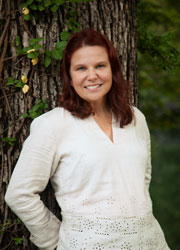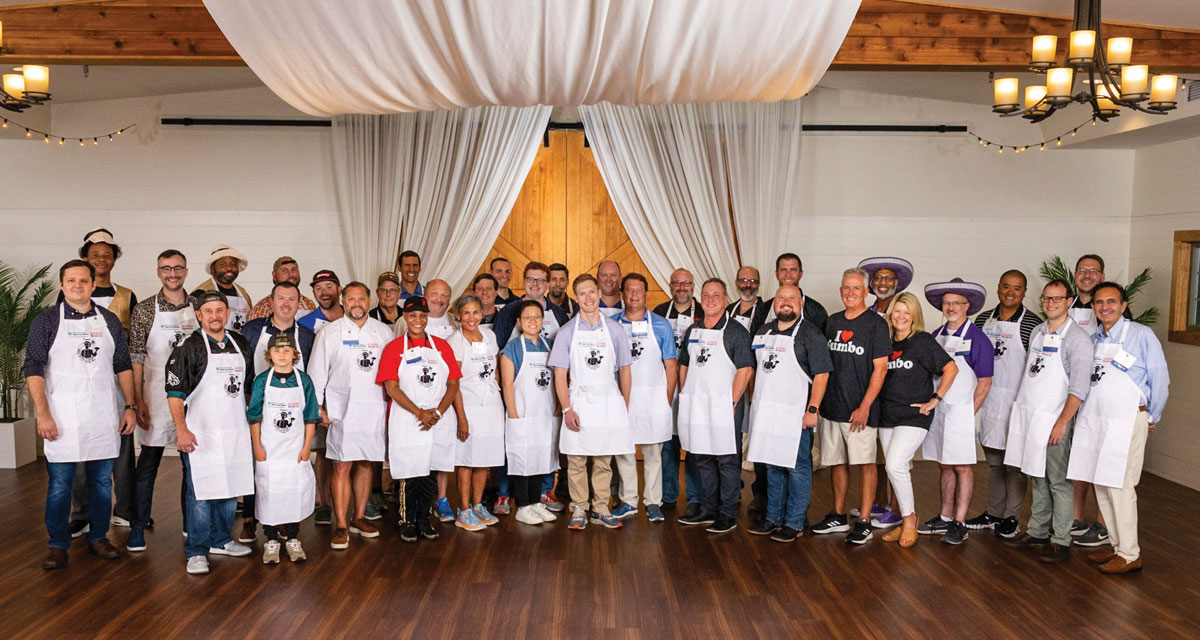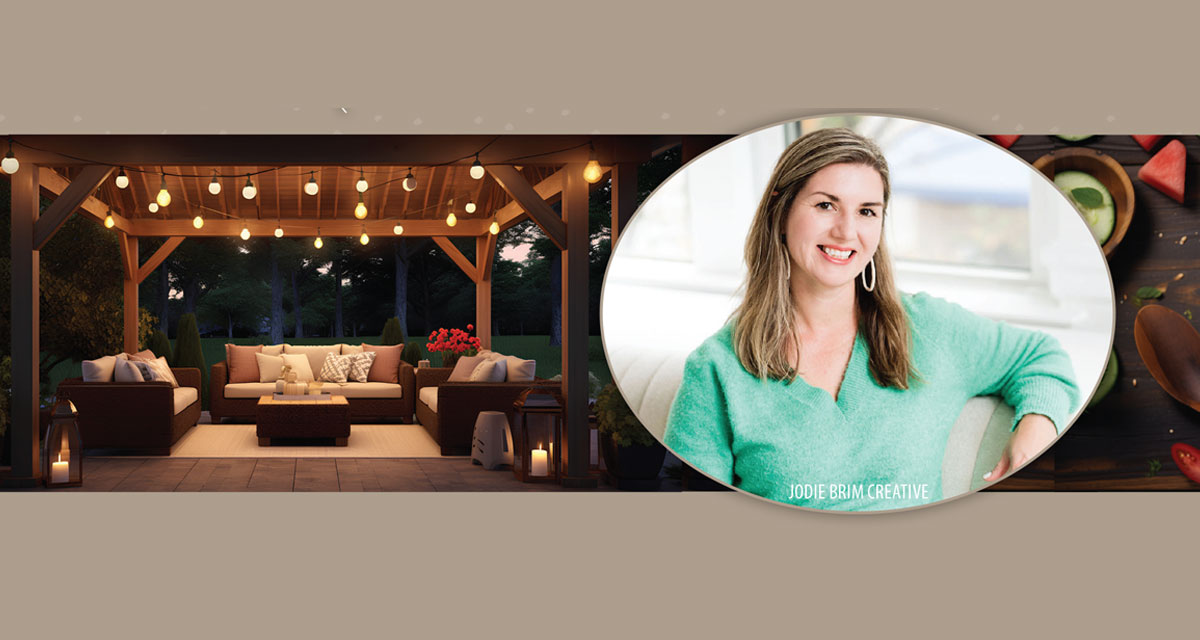BY LISA S.T. DOSS
Marathon participants are getting ready for the month-long race. Notes scatter the desk as well as possible outlines. Shoes, of course, are not necessary nor a regime of heavy lifting or long-distance running. The day, however, is coming close. Once November first arrives, 600,000 people will rush to their keyboards and begin this year’s National Novel Writing Month (aka NaNoWriMo).
Step #1: Commit to entering the race!
First launched 20 years ago in 1999, the goal continues to motivate writers in the quest of completing a 50,000-word manuscript by midnight on November 30th. That number equates to 1,667 words per day totaling 200 pages. Even if you just guffawed at the mere implication of completing a novel in 30 days, you can join the national movement by writing throughout November.
Step #2: Go to the starting line. Start. Do not turn back!
The excuses are what often prevents any task from starting. Take the time to decide where to write, what time to start, and for what duration.
- Accept the arrival of interruptions and delays from your job, family, and household.
- Decide upon a viable time of day to write.
- Eliminate writer’s block by planning either a loose or detailed story structure that includes chapter summaries.
- Set a timer for 20 minutes to build the momentum of writing. Continue to reset the clock.
- Make a promise never to reread or edit, and especially do not delete any paragraphs from the previous day’s work. The goal is to move forward and finish!
- Not everyone can fulfill the expectations of the NaNoWriMo challenge; instead, set a realistic date to finish the book and stick to it!
Step # 3: Celebrating the Momentum
What are the reasons a novel compels you to pick it up and delve back into the story? Author Alan Gratz decided to write about the themes he loved most as a kid; therefore, he included robot ninjas, ray guns, mind-control, electric cannons, evil monsters, and seven heroes in his Steam-Punk novel, “The League of Seven,” which became a SIBA, Young Adult Book Award Winner in 2015.
The topics that motivate you to weave your words within a story and characters will draw you to the keyboard each day. The compelling story that drives your passion will become a beloved story for readers, too.
Step #4: Hitting the Wall
It happens to the best of authors. They arrive at the middle of the story and find a gaping hole in the plot. J.K. Rowling claimed her plan for the first three Harry Potter books did not fail her; however, for the fourth novel, Rowling wrote, “…I should have put that plot under a microscope. I wrote what I thought was half the book, and ‘Ack!’” Author Jerry B. Jenkins stated, “I think getting stuck in the middle of a book is a common thing for nearly every author, writer, and blogger. It happens when your idea is slowing down before it gets to the end or reaches the climax.”
The solution is to:
- Commit to writing and tweaking an outline. Most writer’s need to work through tight corners and problems.
- Create a subplot that creates tension, action, and encourages dialogue. Use your character’s hobbies and interests, talents and natural gifts! K. Rowling, for instance, cleverly used Quidditch to help tie in problems and solutions across the seven books.
- Minor characters help to advance the plot and support the development of the main character. The protagonist’s friends can improve a story through acts of loyalty, compassion, and logical thinking.
Step #5: The Finish
Exhaustion slows a writer down in the final stretch when it is time to reveal the twists, expose the antagonist’s major or fatal flaw, or lead to the heart-racing climax. You may want to:
- Write shorter scenes and chapters to increase momentum.
- Create an obstacle to prevent characters from reaching their objective.
- Include minor characters to help lighten the mood or take action to affect the protagonist.
- Allow the underdogs to save the day and shine!
We all have a story within us to tell, whether it involves magical worlds, the Victorian era, current day, or in the future. With practice and daily dedication, the goal to write a book is different for everyone. You never know what may result for you in this year’s National Novel Writing Month; but, first, you must enter the competition!






















